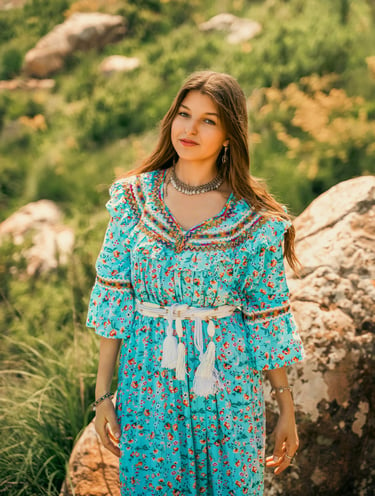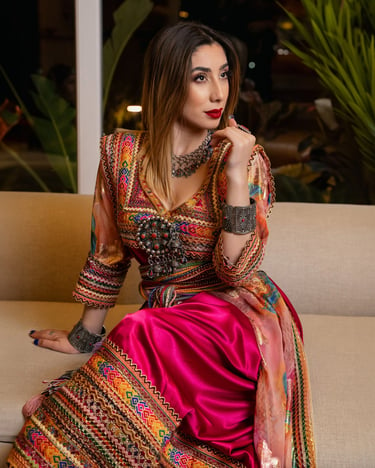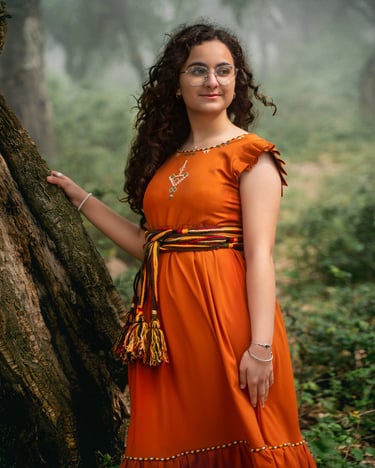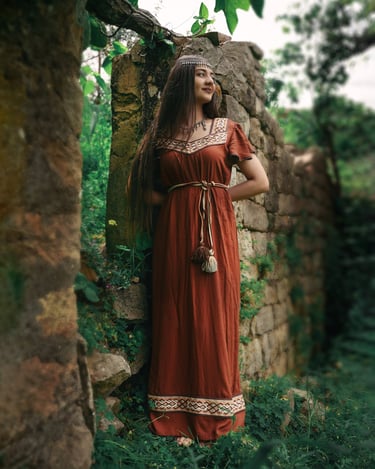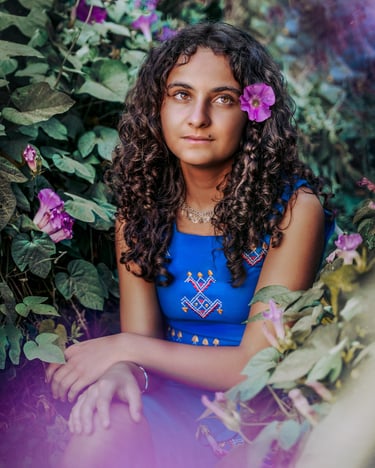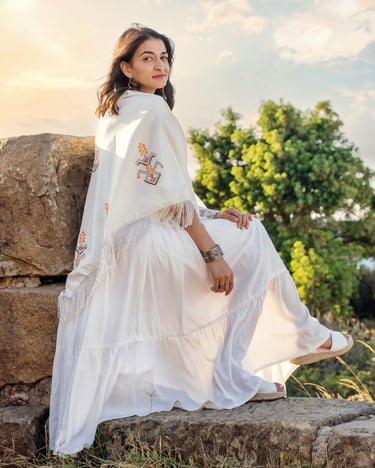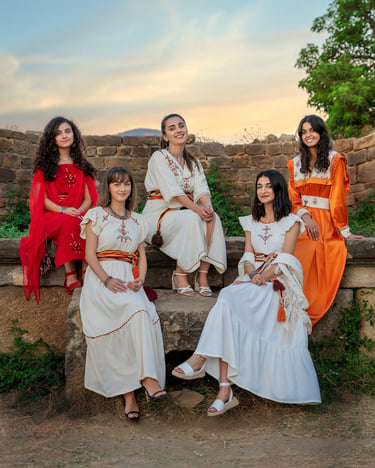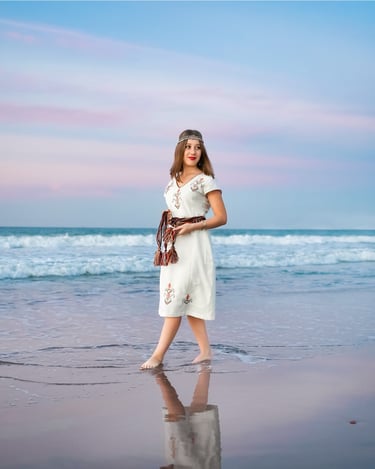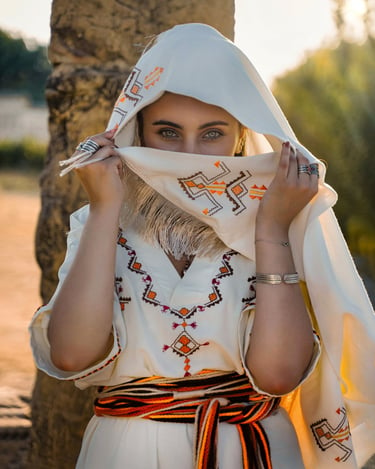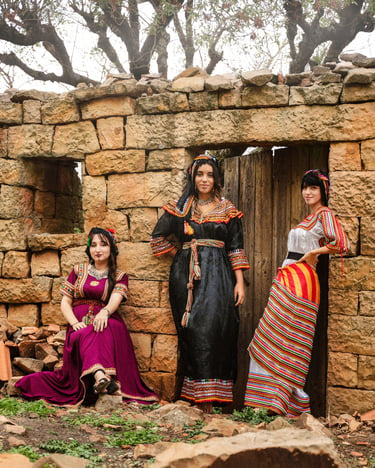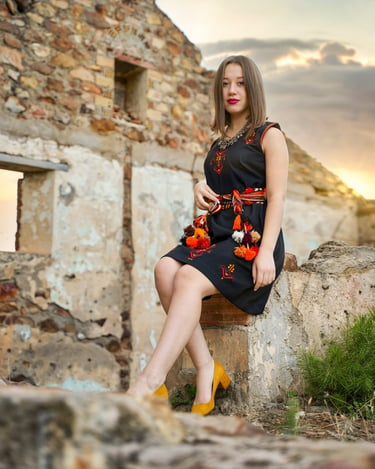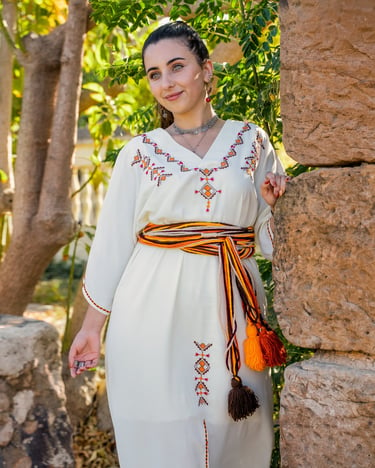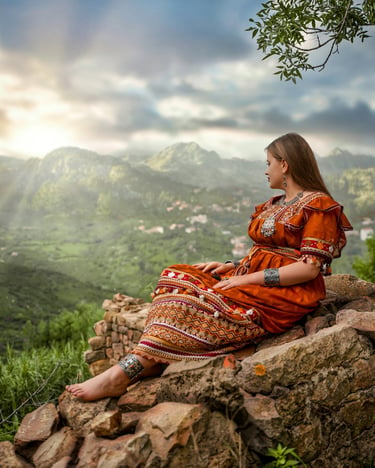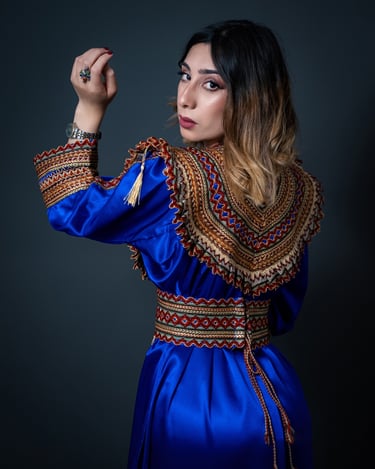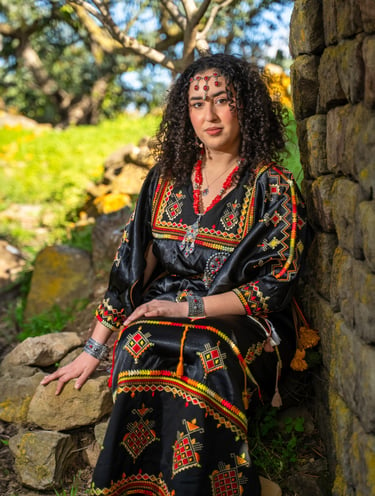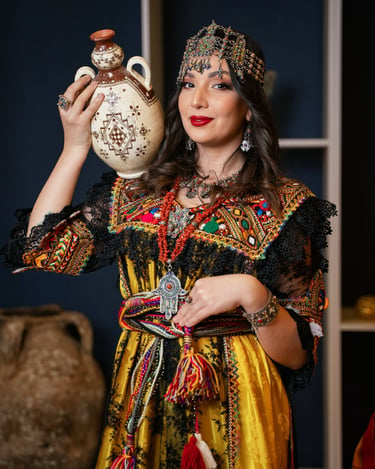
Heritage is more than just history; it’s identity, pride, and a story that deserves to be told. As an Amazigh, my roots run deep into a culture that has survived, evolved, and thrived for thousands of years. This page is a tribute to that heritage, a celebration of our traditions through photography, and a way to give timeless beauty the place it deserves.
Roots
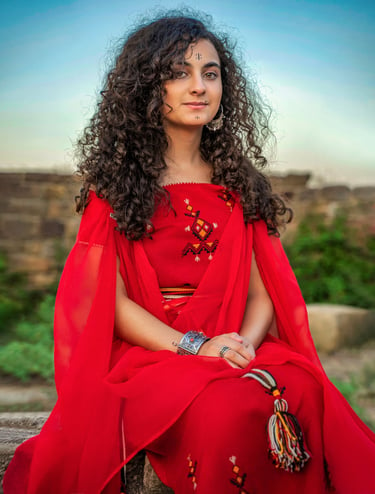

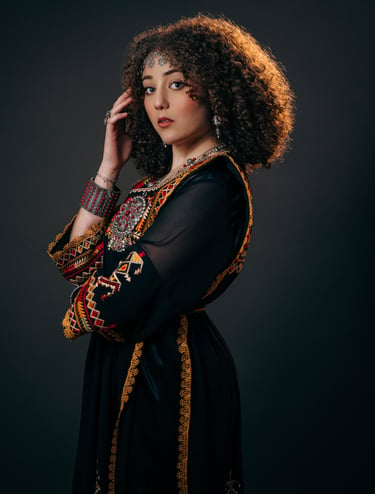

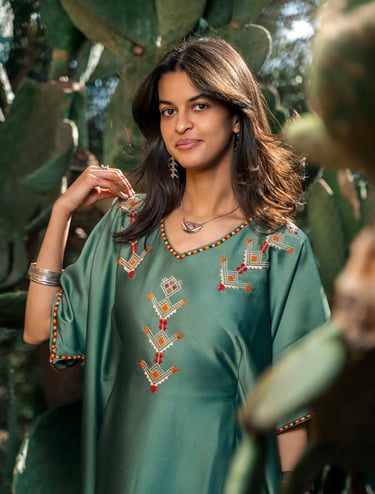

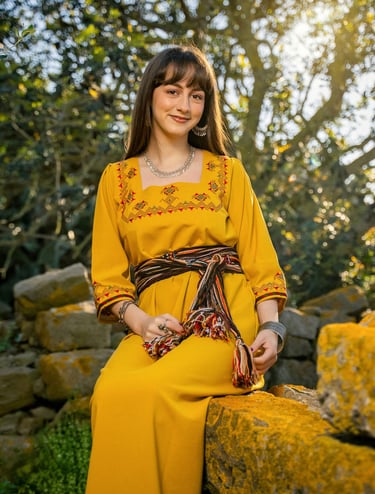


Tamazight, the language of the Amazigh people, is one of the oldest languages still spoken today. It carries centuries of wisdom, poetry, and resistance, yet for a long time, it was pushed to the margins. Now, it stands tall, just like the symbols we see woven into our traditional clothing. The symbols present on Amazigh dresses —geometric shapes, triangles, and spirals—are inspired by nature, the stars, and ancient beliefs. Each of them, like a photograph, holds a story waiting to be told.
Photography, to me, is a way of preserving culture, just as our ancestors did through carvings, jewelry, and textiles. When I capture someone wearing a traditional Amazigh outfit, I am not just taking a photo—I am immortalizing a piece of history, giving it the visibility and recognition it deserves. These images are a bridge between past and present, proof that culture is alive, vibrant, and worthy of celebration.
Traditional Amazigh outfits are more than just garments; they are a reflection of identity. Every stitch, every vibrant color, and every symbol embroidered onto the fabric carries meaning. Passed down through generations, these outfits tell stories of resilience, freedom, and a deep connection to the land. Through my lens, I strive to preserve this artistry, showcasing its elegance while honoring the people who wear it with pride.


The yaz :
the symbol of the Berber language and culture in North Africa, which gives a representation of the Free man.


olive tree


lozenge
seeds
ship
moon
wheat
fly
sun
tree
bull

